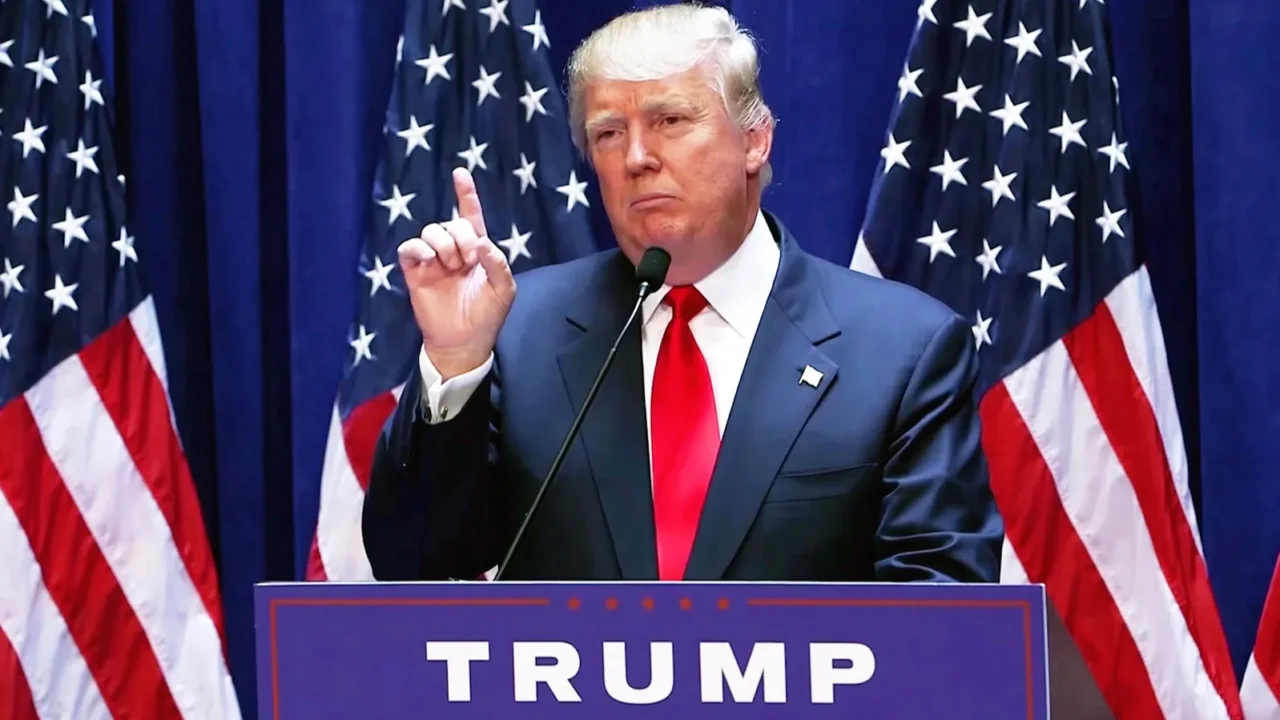
A visa change shaking things up
Big news for skilled workers: the cost to apply for a U.S. H-1B visa just jumped from around $1,500 to a massive $100,000. This order, signed by President Trump, is already sparking strong reactions across the globe, especially in industries that depend on international hires.
The H-1B is one of the most popular visas for foreign workers in tech and other industries. With this dramatic price hike, thousands of talented professionals, including many from the UK, may think twice before applying, and companies may also rethink their strategies for global hiring.

Who’s hit hardest by this change
British workers are among those most affected, since the UK is the ninth-largest source of H-1B holders. Last year, 1,462 Brits got the visa, with nearly 1,000 more this year already in highly skilled positions.
Many of these workers are in tech jobs, where companies depend on international talent to keep their projects moving forward. Losing this pipeline could slow down collaboration, product launches, and the growth of UK-U.S. partnerships.

Why the fee jumped so high
The Trump administration says the goal is to make U.S. companies hire more Americans. The huge $100,000 fee is meant to discourage heavy reliance on foreign labor and encourage local recruitment.
Critics argue that this approach makes it harder for businesses to compete globally, especially in industries where talent shortages are already common. The fee could even push companies to outsource jobs rather than hire domestically.
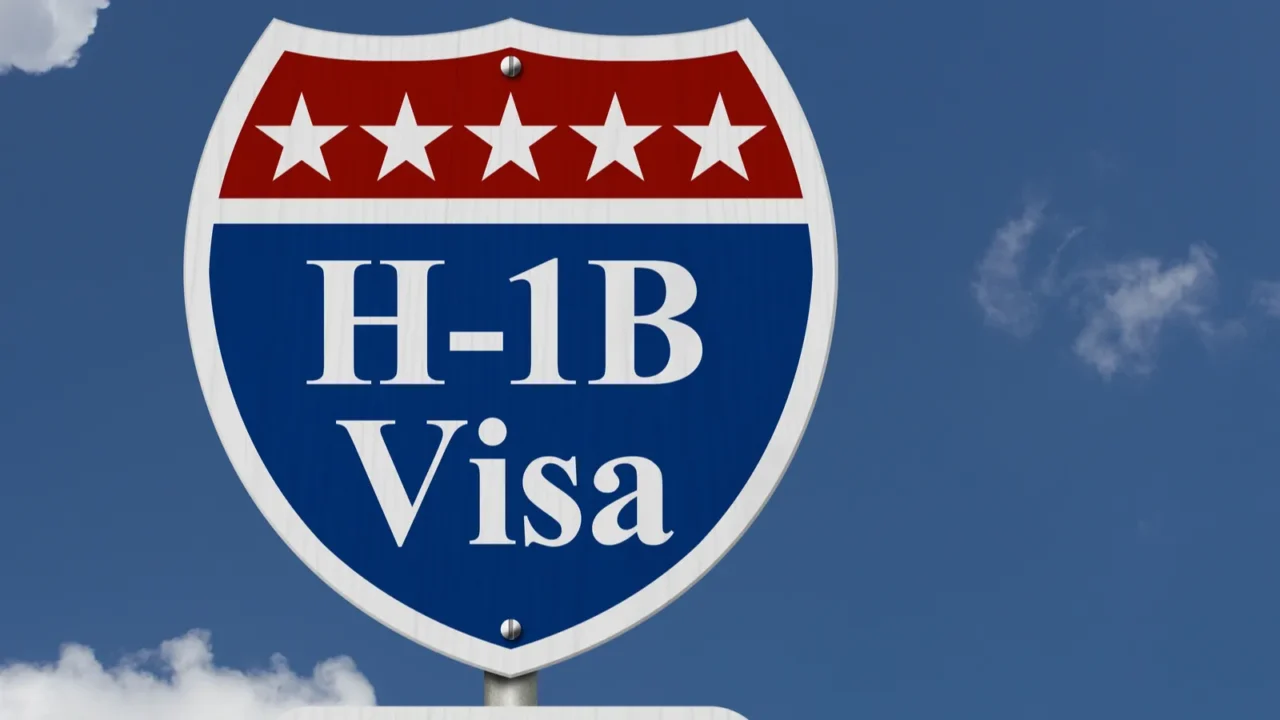
Who is not impacted right now
Not everyone is facing this new fee immediately. Current H-1B visa holders, along with anyone who applied before the September 21 deadline, are safe from the hike and can continue working under the old rules.
The change will apply to new H‑1B petitions filed for entry on or after September 22, 2025. Individuals already inside the U.S. who change status to H‑1B are not subject to this fee.
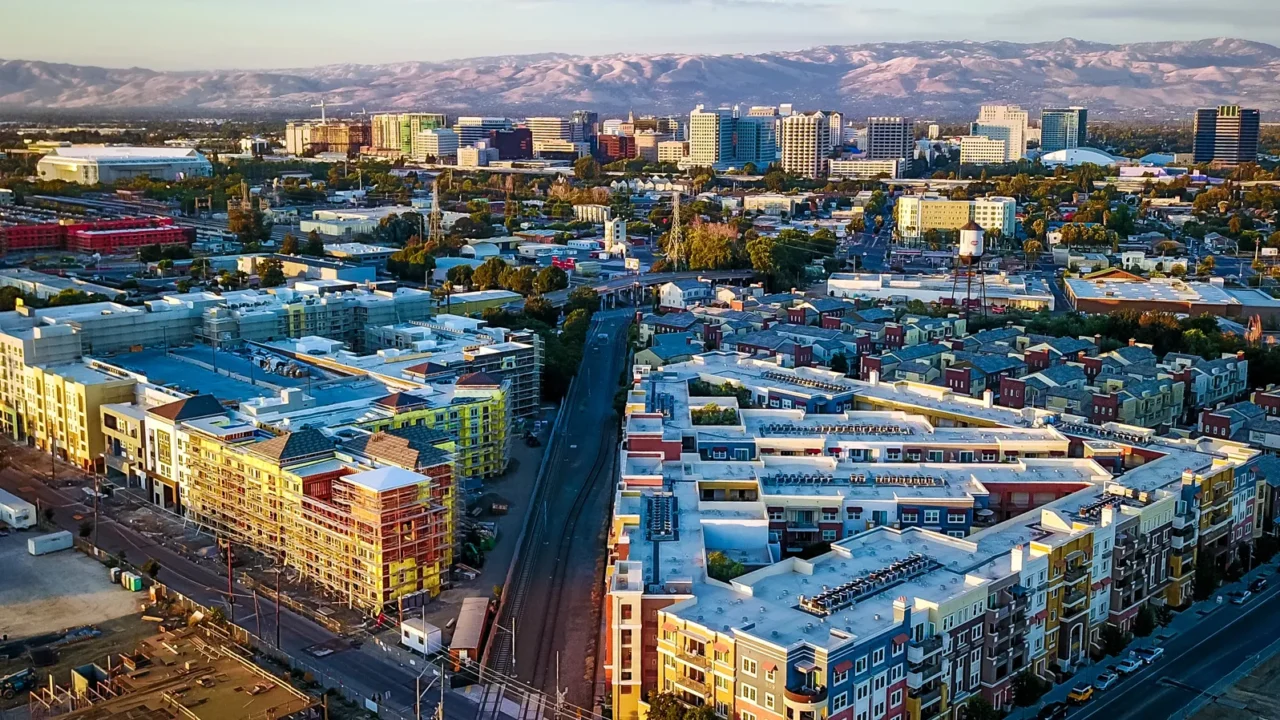
Tech companies feeling the squeeze
Big names in Silicon Valley hire thousands of H-1B workers each year. These companies now face a choice: pay higher costs or struggle to fill vital roles in engineering, design, and development.
Some fear this could slow down innovation in industries like artificial intelligence, cybersecurity, and software development. Startups and mid-size firms without deep pockets may be the first to feel the pinch.

The new “gold card” visa option
At the same time, the Trump administration introduced a “gold card” visa for wealthy immigrants. The starting fee? A staggering £1 million, making it one of the most expensive visa categories ever.
This program targets high-paying, top-tier talent, reflecting the administration’s focus on attracting only the most elite workers. It also signals a move toward making wealth a key filter for U.S. immigration.
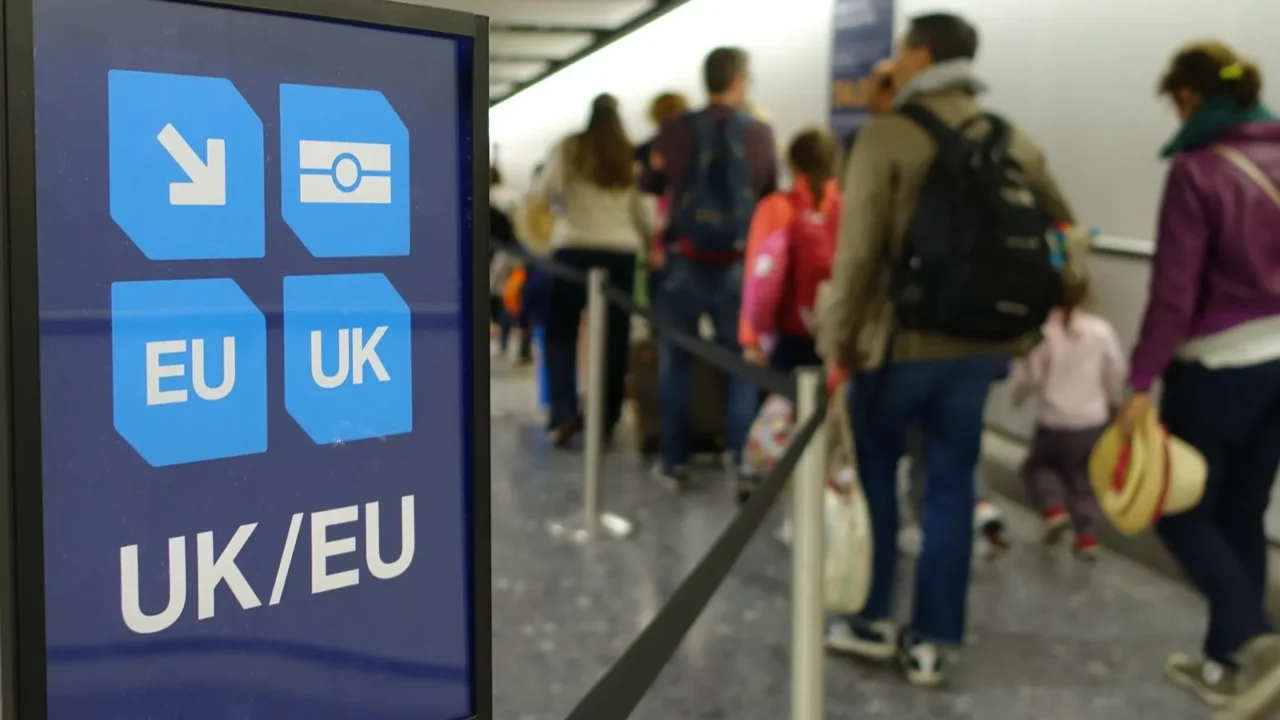
The ripple effect in the UK
British tech leaders are already urging their government to act fast. With U.S. doors closing, the UK has an opportunity to attract more skilled workers who are rethinking their American plans.
The push is on to make Britain a more appealing home for tech talent by simplifying immigration rules. Proposals include faster processing times and easier pathways for highly skilled professionals.
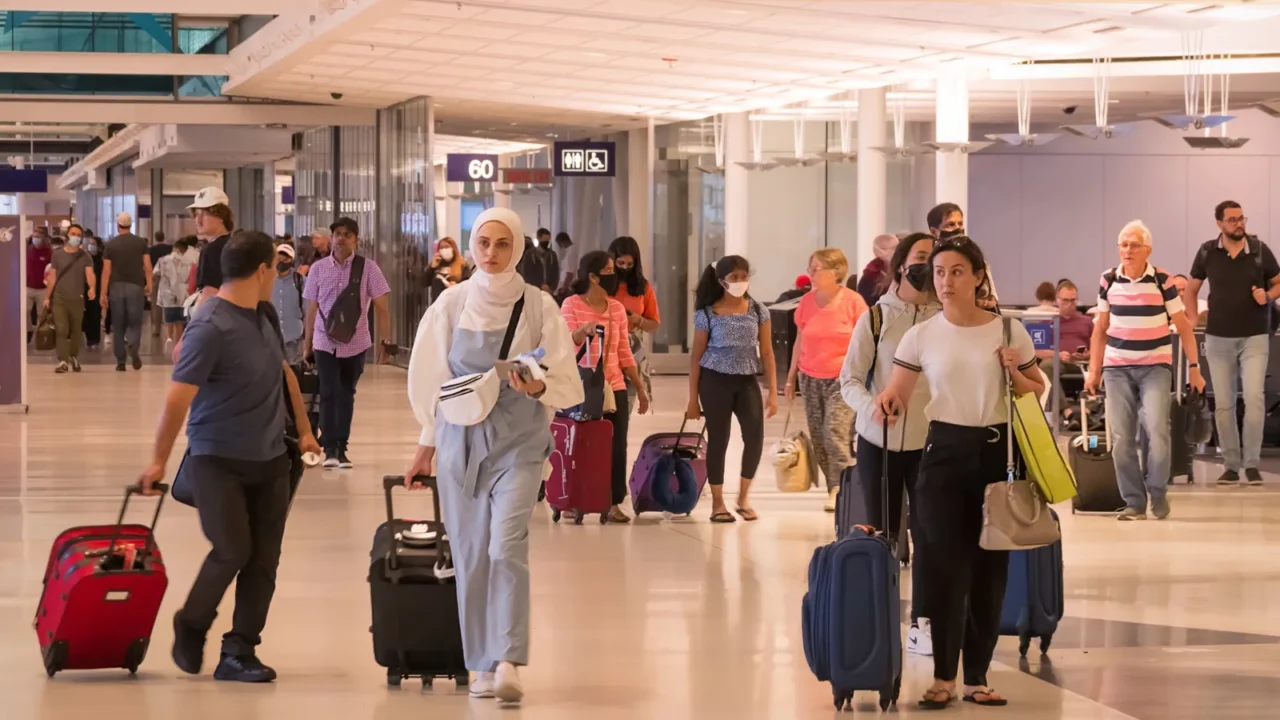
Canada and Germany step up
Other countries are also jumping in. Canada and Germany, known for more flexible immigration systems, are expected to welcome workers who may now skip the U.S. and choose safer, affordable options.
This shift could give those countries an edge in the global race for top talent. Already, both have begun marketing their visa systems as predictable and worker-friendly.

What it means for American workers
Supporters of the fee say it could lead to more opportunities for U.S. employees. If companies have to think twice about hiring abroad, they may invest more in local workers through training programs.
Still, critics argue that limiting foreign talent could slow job growth in industries that rely on global expertise. They warn that American workers may also lose out if companies decide to expand overseas instead.
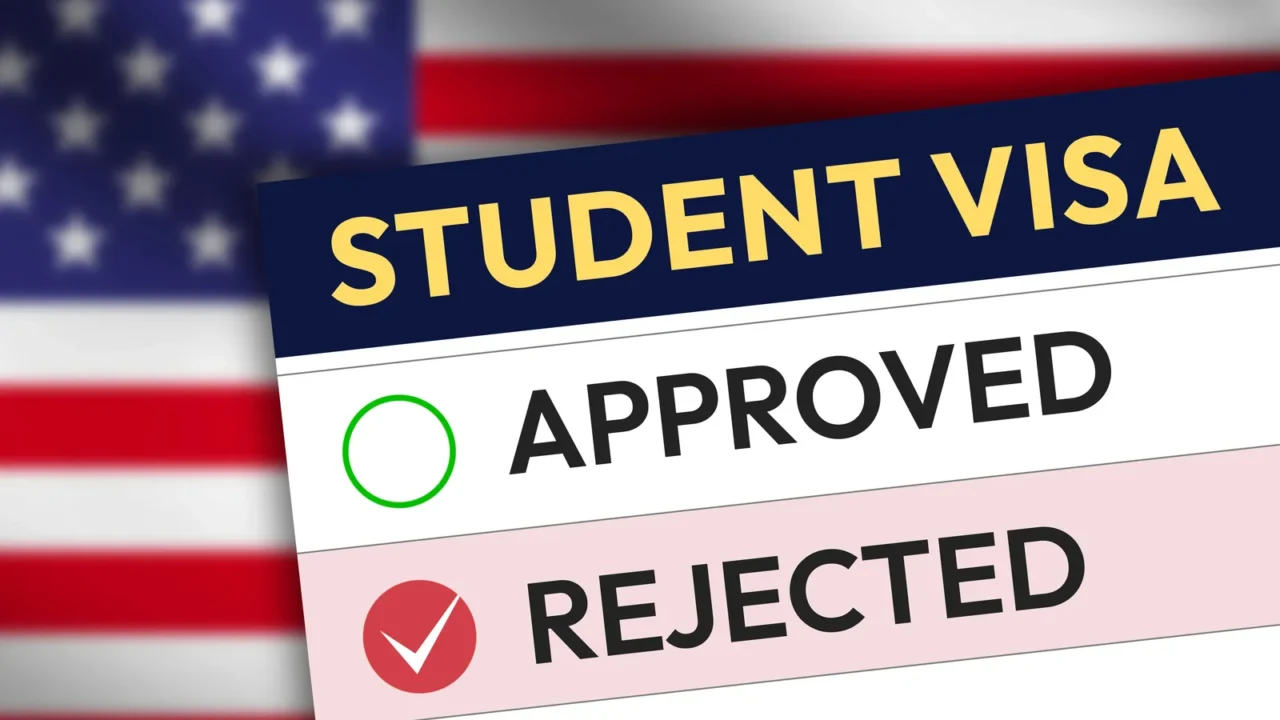
A steep barrier for dreamers
For many international students and workers, the H-1B was their path to the American dream. A six-figure fee changes that story, putting the chance out of reach for most young professionals.
The high cost means only the wealthiest applicants, or companies willing to cover it, can realistically afford the process. This could make the visa system look less about skill and more about money.
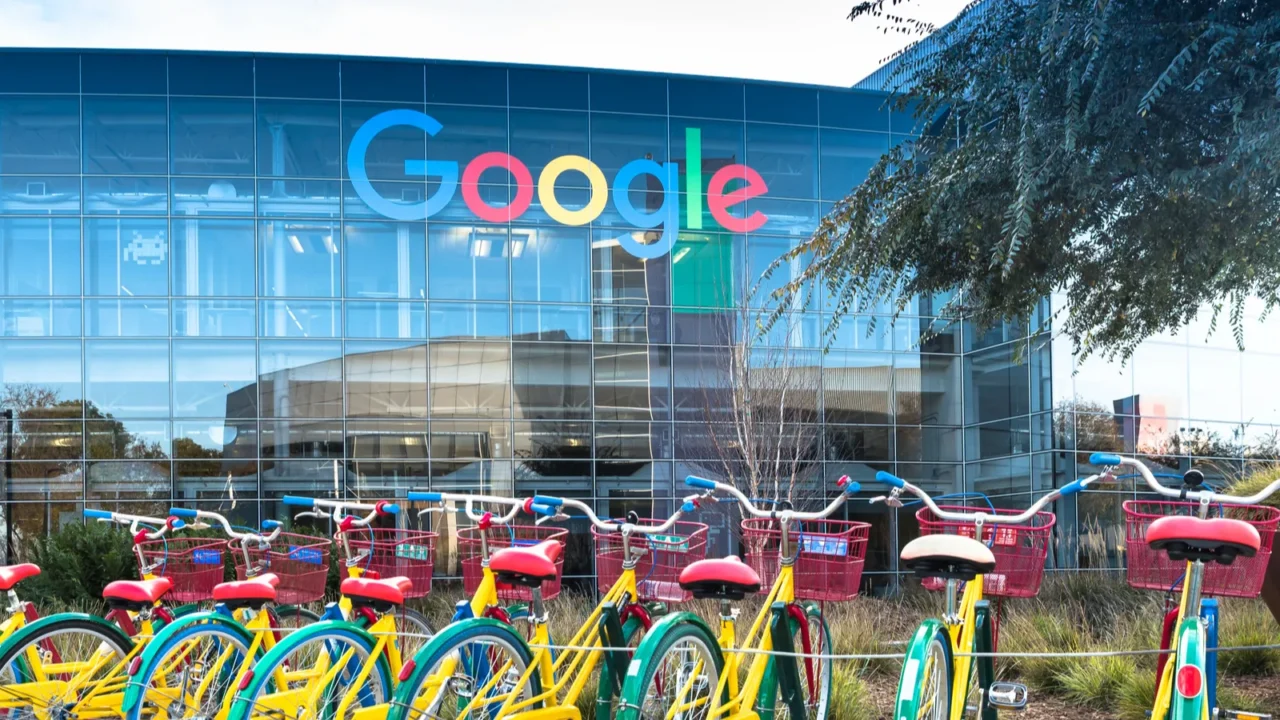
How the tech sector is reacting
Industry leaders in Silicon Valley are raising alarms, saying the change could make the U.S. less competitive. They argue that talent, not just money, drives innovation and economic growth.
Some companies may shift investments overseas, following the workers they can no longer bring stateside affordably. Others may choose to outsource work to offices in lower-cost countries instead.

The numbers tell the story
The U.S. has issued hundreds of thousands of H-1B visas over the years. With the UK alone sending over a thousand applicants annually, the impact of the new fee is clear and measurable.
It’s not just a policy change, it’s a potential redirection of where global tech talent wants to go. If applications drop sharply, the U.S. may lose its spot as the top destination for skilled labor.
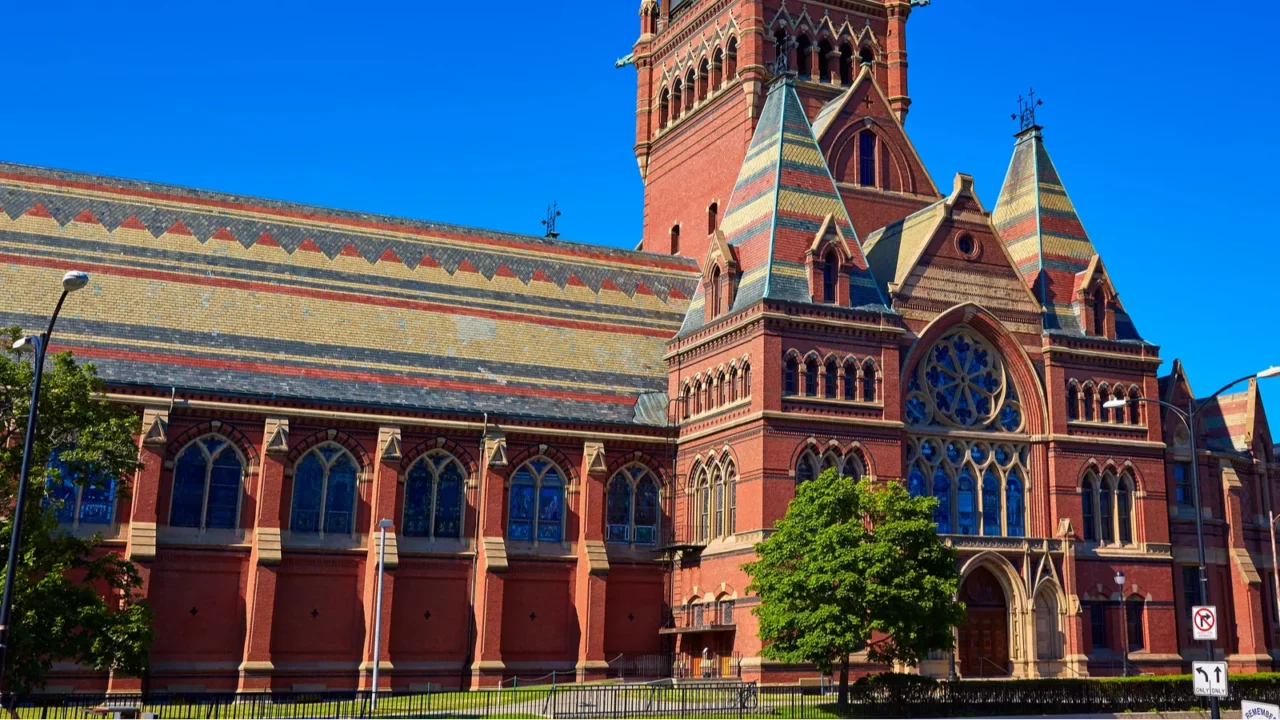
Universities face a challenge too
It’s not just tech firms feeling the hit. U.S. universities often rely on H-1B visas to hire foreign scholars and researchers who bring unique expertise.
With the new cost, schools may struggle to bring in top academic minds, affecting research and innovation across the board. This could also weaken U.S. competitiveness in science and technology education.

A global talent shuffle begins
Talent doesn’t sit still. If one country raises barriers, skilled workers often look elsewhere for a future that welcomes their abilities.
Experts predict that many H-1B hopefuls may now choose Canada, Europe, or even stay in their home countries rather than pay the steep U.S. fee. This could reshape global tech hubs entirely.
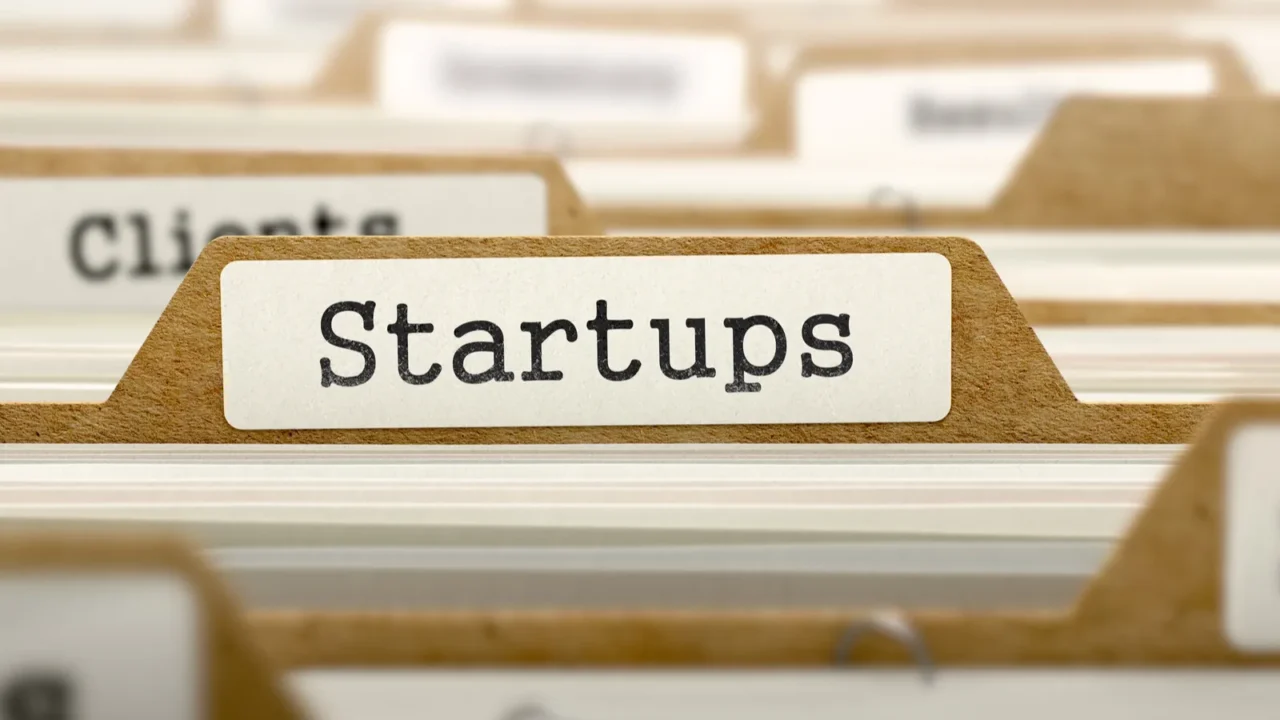
Could startups be hit hardest?
Startups, already running on tight budgets, may find it impossible to cover the $100,000 fee per worker. That means fewer chances to bring in the global talent they need to grow and compete.
This could widen the gap between big corporations with deep pockets and small innovators. It may even discourage young entrepreneurs from setting up shop in the U.S. Could this fee push startups and talent out of the U.S.like rising costs are driving businesses from California.
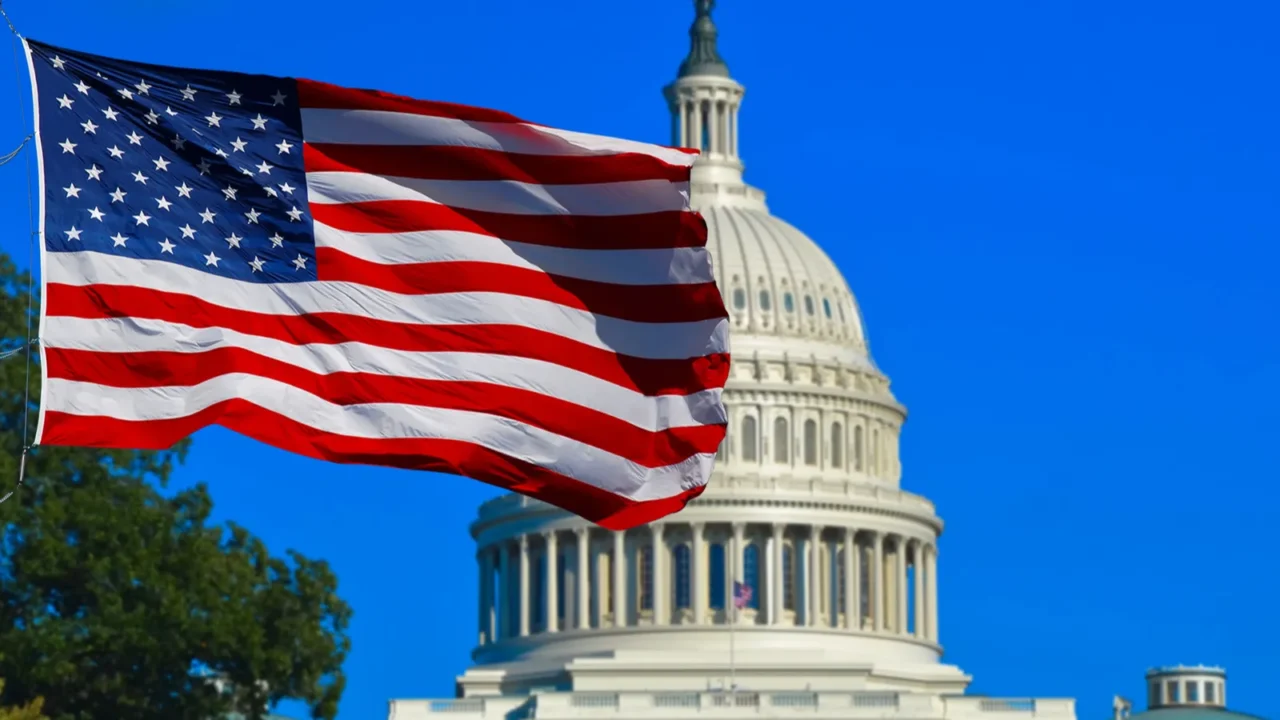
What happens next
The policy is still new, and the long-term effects are unfolding. Legal challenges and political debates are likely on the horizon as industries push back.
For now, the world is watching closely to see how companies, workers, and rival nations respond. Governments are also weighing how to adapt their own immigration policies in response.
With the U.S. raising barriers and countries like China launching new visas to lure global talent, where do you think the world’s brightest minds will head next?
Read More From This Brand:
- The U.S. border Canadians say to avoid on trips to see a loved one
- Planning a New England foliage trip? This Vermont town stands out as truly unique
- Add these 10 epic European monuments to your bucket list
Don’t forget to follow us for more exclusive content right here on MSN.
This slideshow was made with AI assistance and human editing.